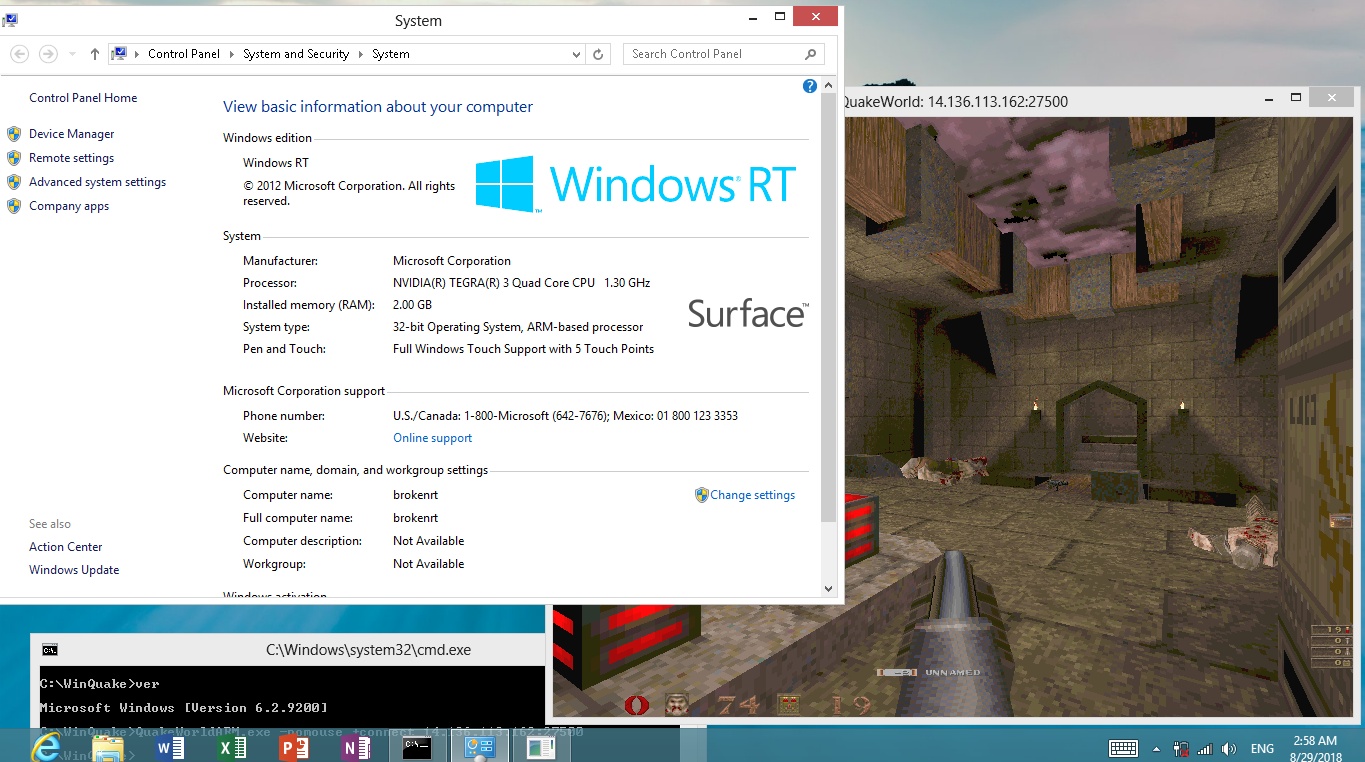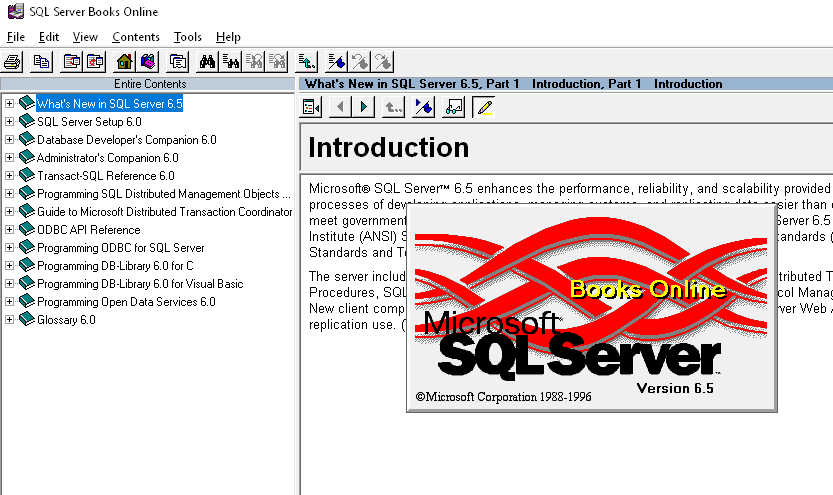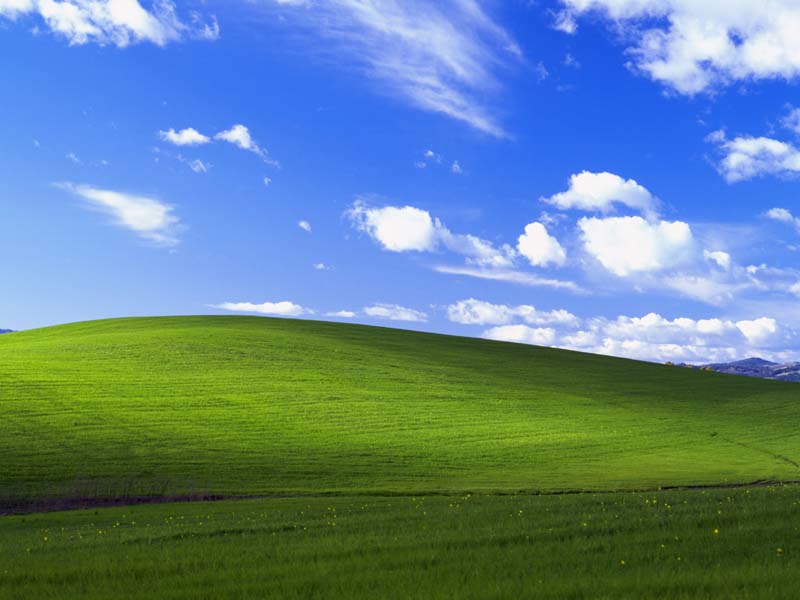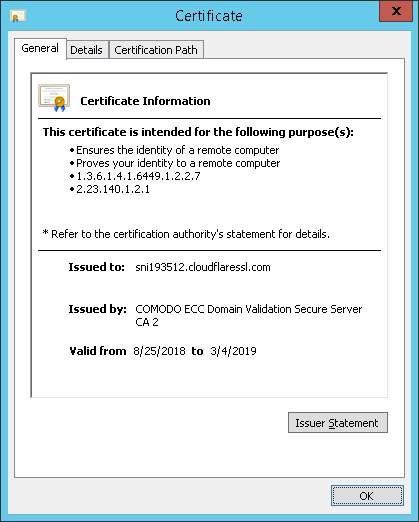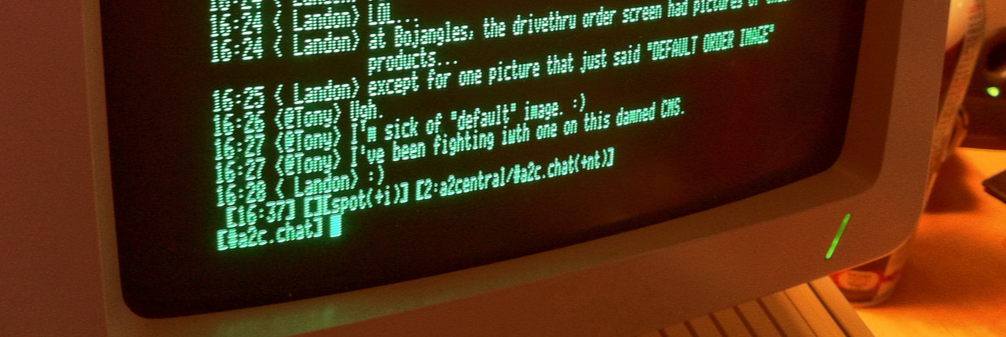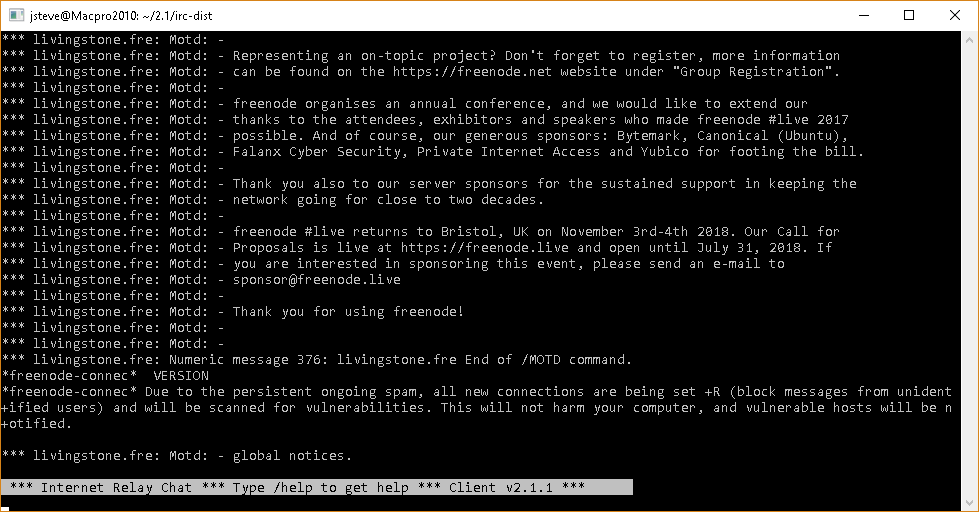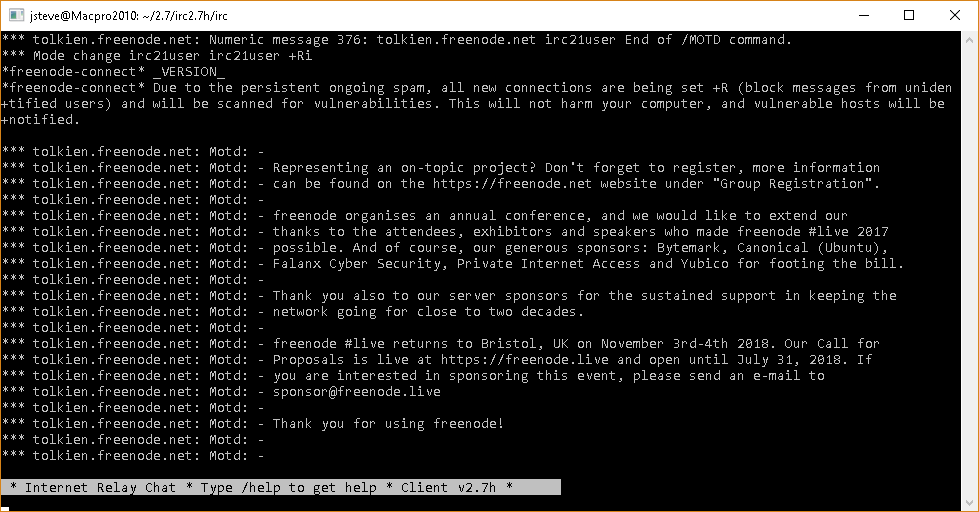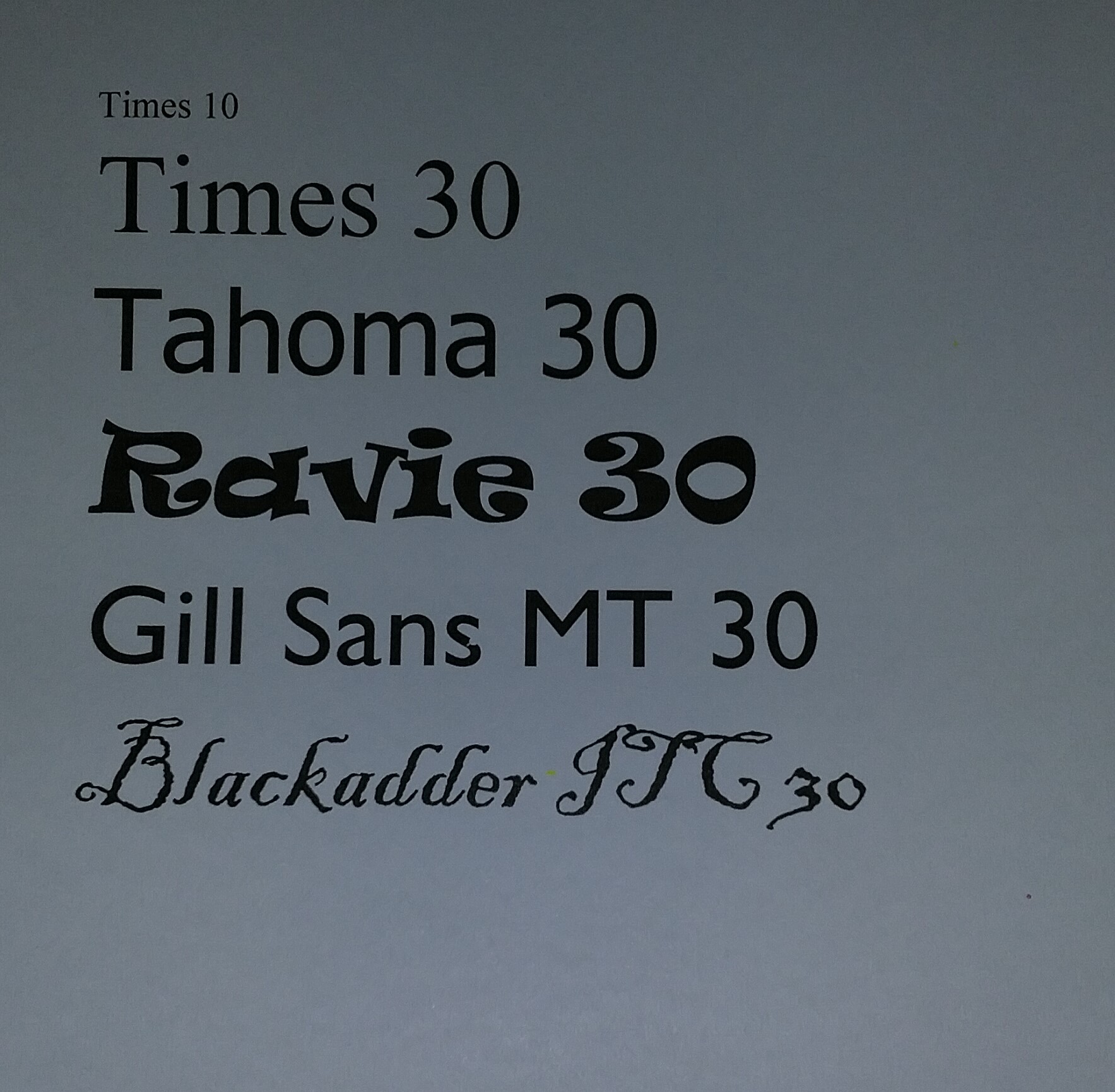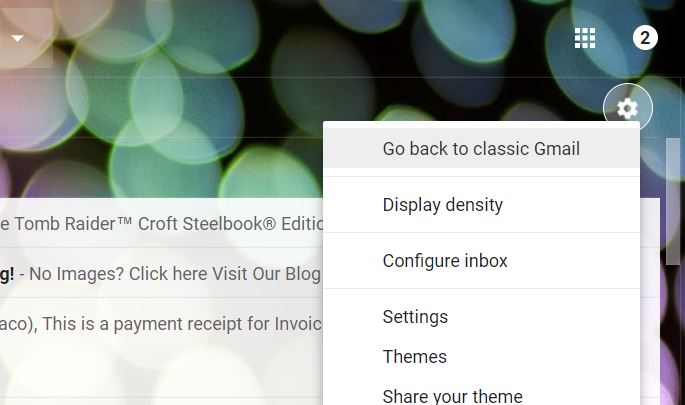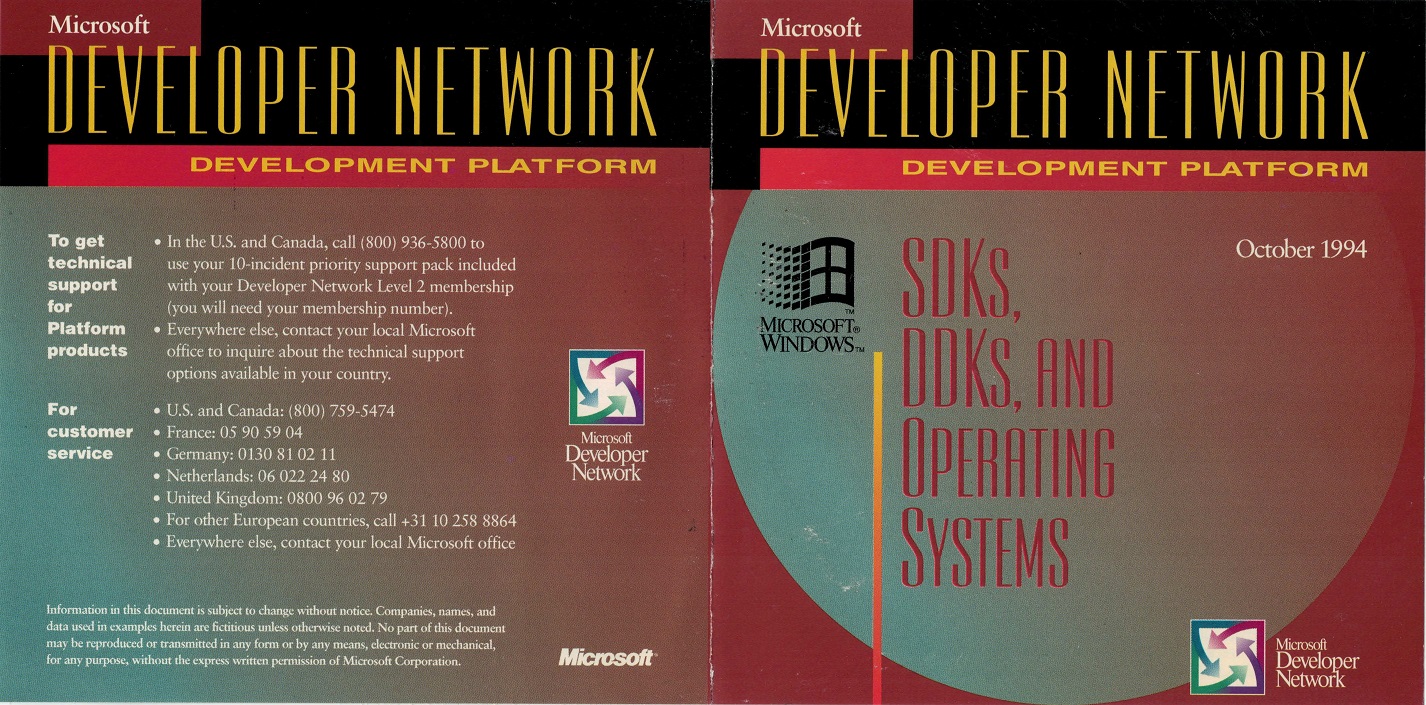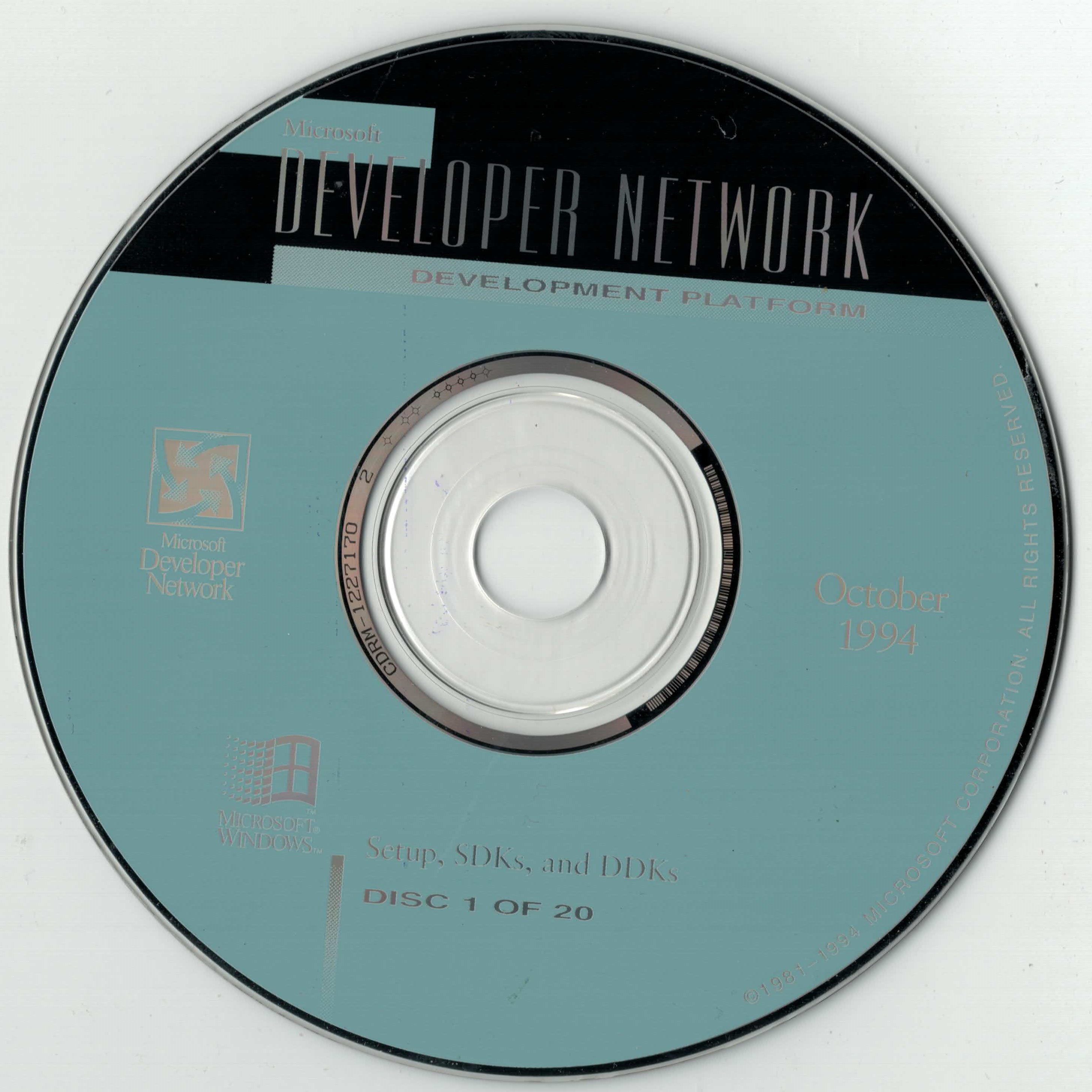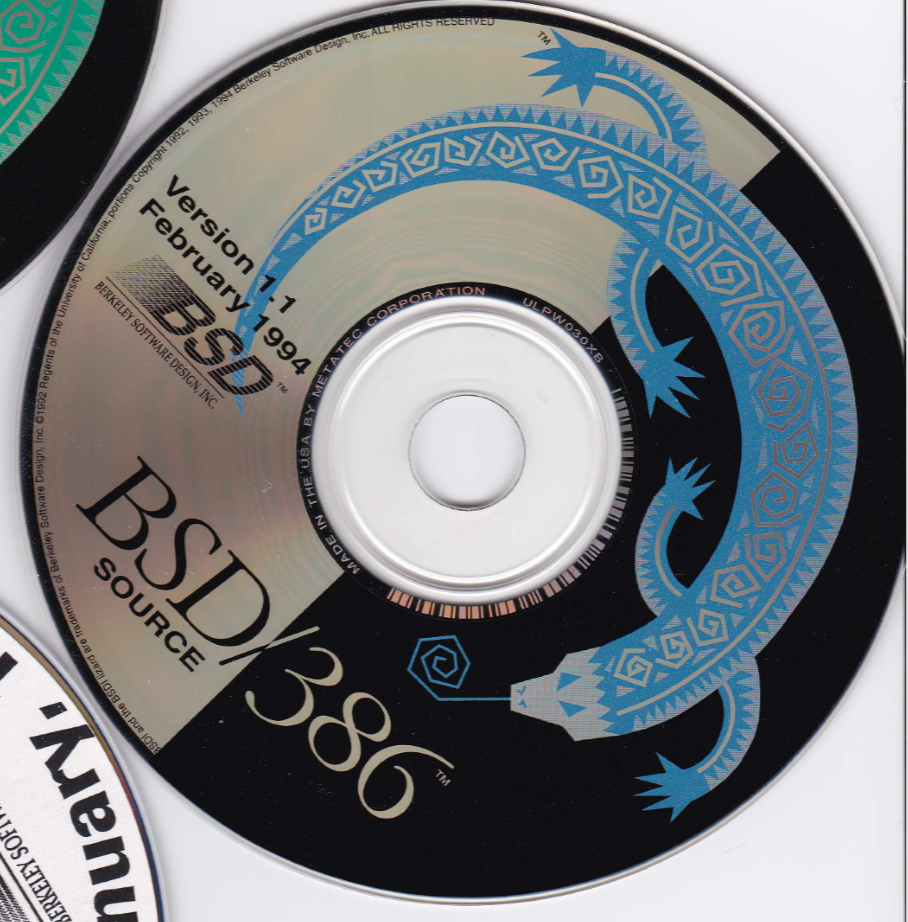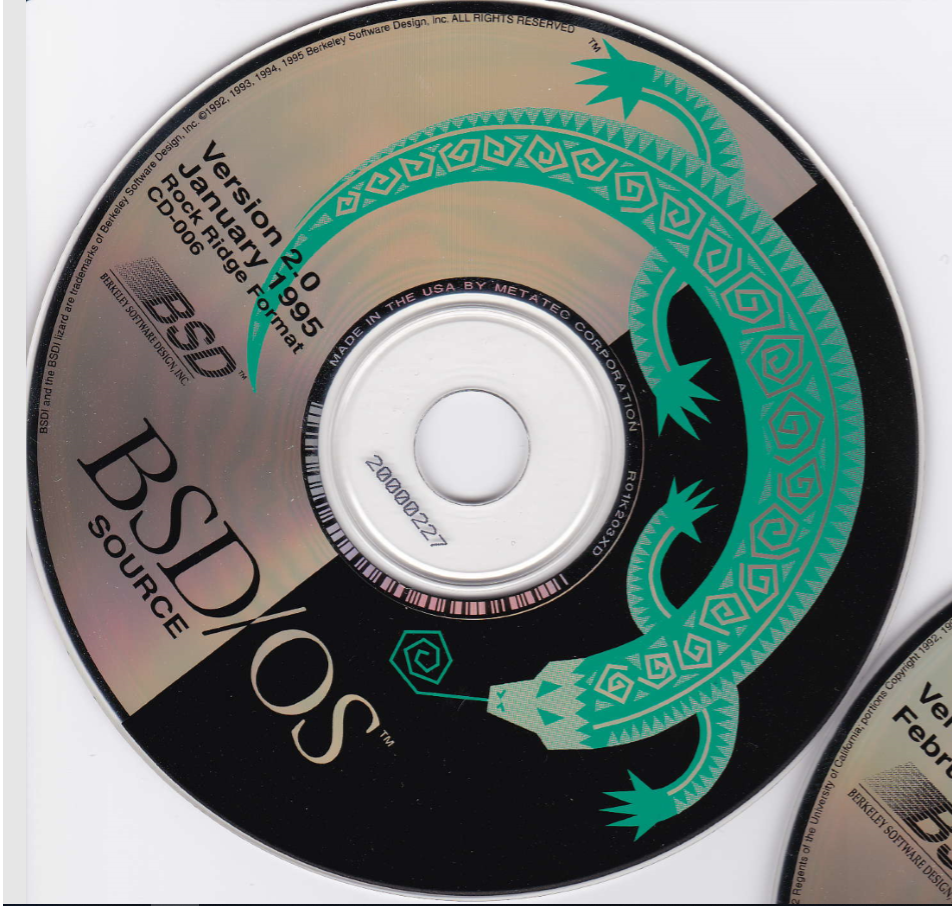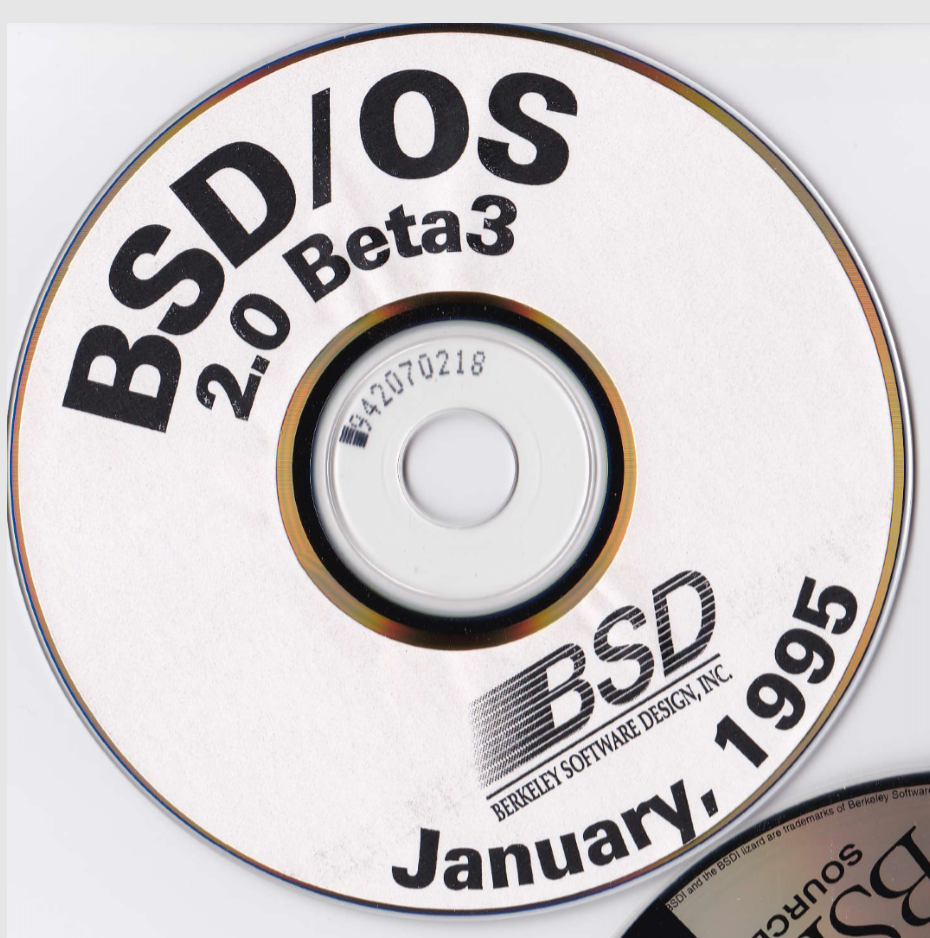A while back, Microsoft had famously released the source code to Word for Windows 1.1a (and OS/2 as well!), to some fanfare.
People were excited, but then kind of dismayed as they couldn’t really do much with it. Oddly enough the source code release really didn’t have any notes on how to build it, although everything needed is included. I went looking for information on how to build Word to see why it keeps doing weird things on WineVDM, and I came across this thread on betaarchive:
https://www.betaarchive.com/forum/viewtopic.php?t=31096
Special props to yksoft1 for getting it to build in the first place, and Ringding for noticing that the OS/2 supplied compiler binaries can be re-bound to run under MS-DOS using a MS-DOS Extender.
So I went ahead and fired up Qemu and within an hour I had done it!
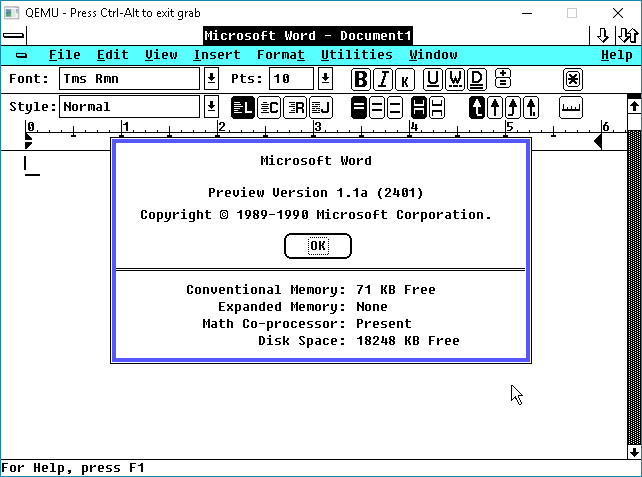
Well this is great fun, and all, but there isn’t a heck of a lof of people with Windows 2.x around anymore. And of course Word 1.1a really wanted to have 2.11 or higher. It has some hooks for what would be Windows 3.0 although I think it was much more. Although it certainly doesn’t want to run (unmodified) under debug release 1.14.
So now that the world has gone beyond Win16 OS’s what can you do?
Well the tip of WineVDM will run it!
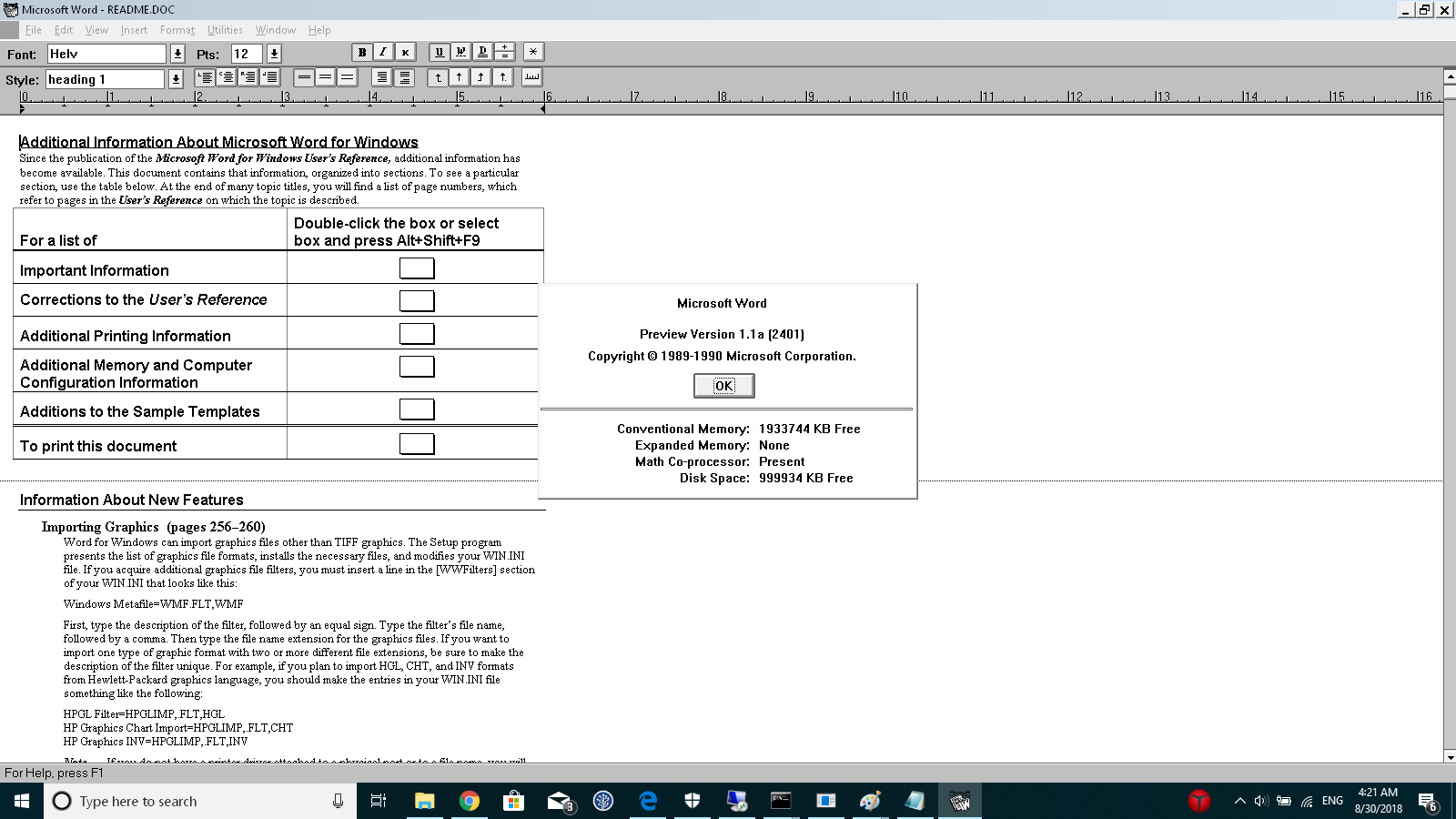
So now there is some new life for this old word processor.
Another fun thing in Word 1.1a is that it has an early implementation of MDI letting you view and work with several documents at once. Naturally you would need a massive monitor, which we all have today. Although people tend to just launch more than one copy of Word to accomplish this.
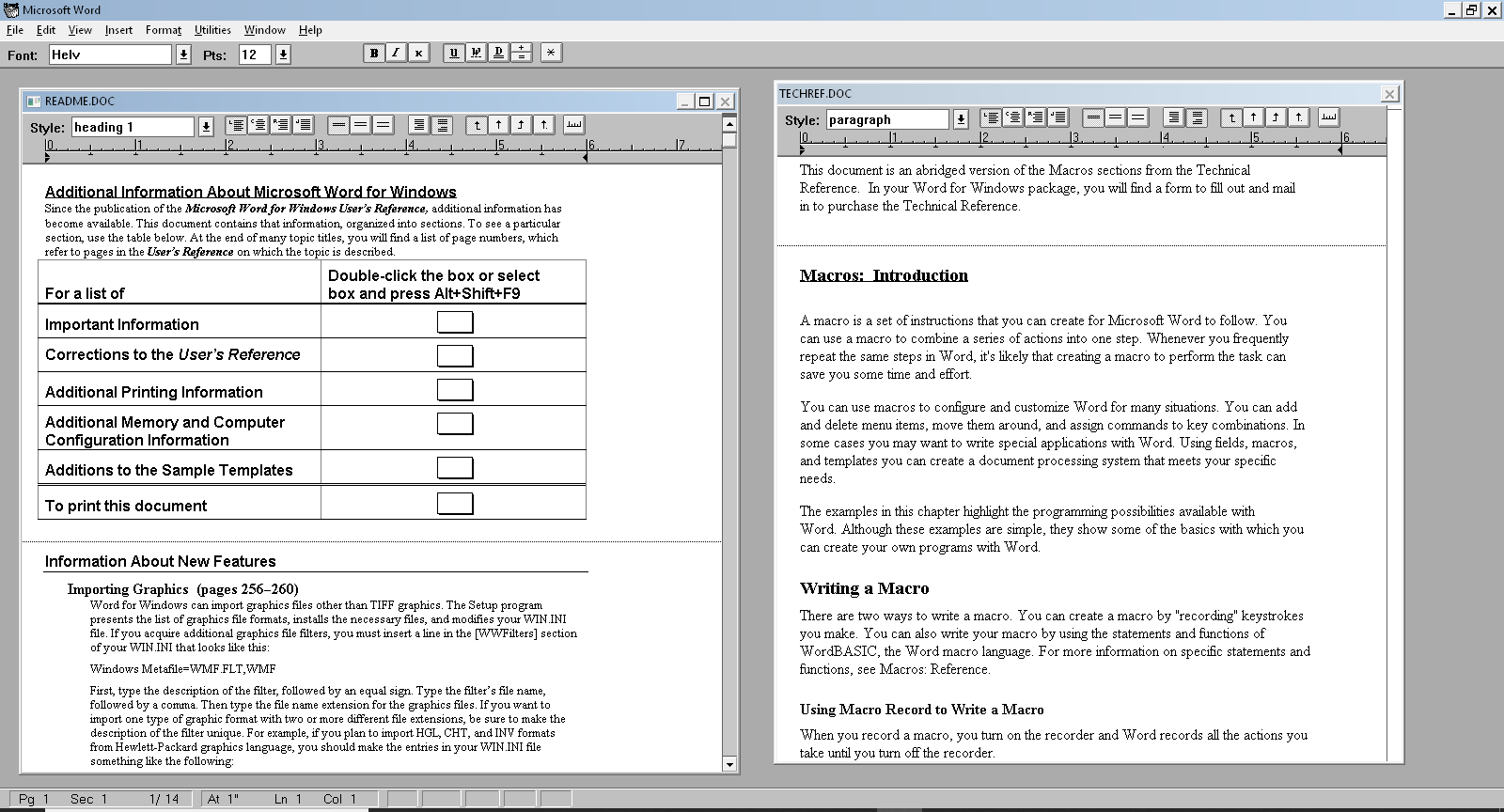
So now on my 64bit machine I can not only play with the source to Word, but I can run it at unimaginable resolutions on my modern machine!

